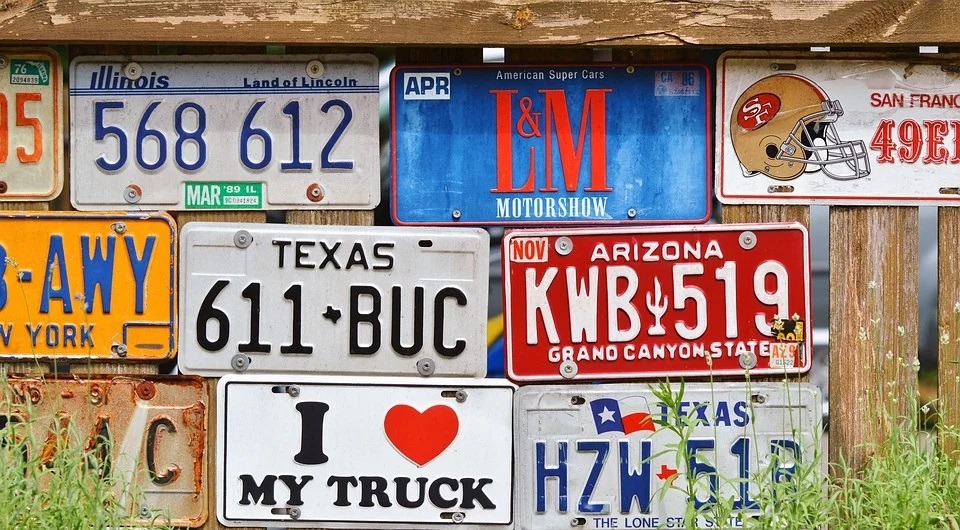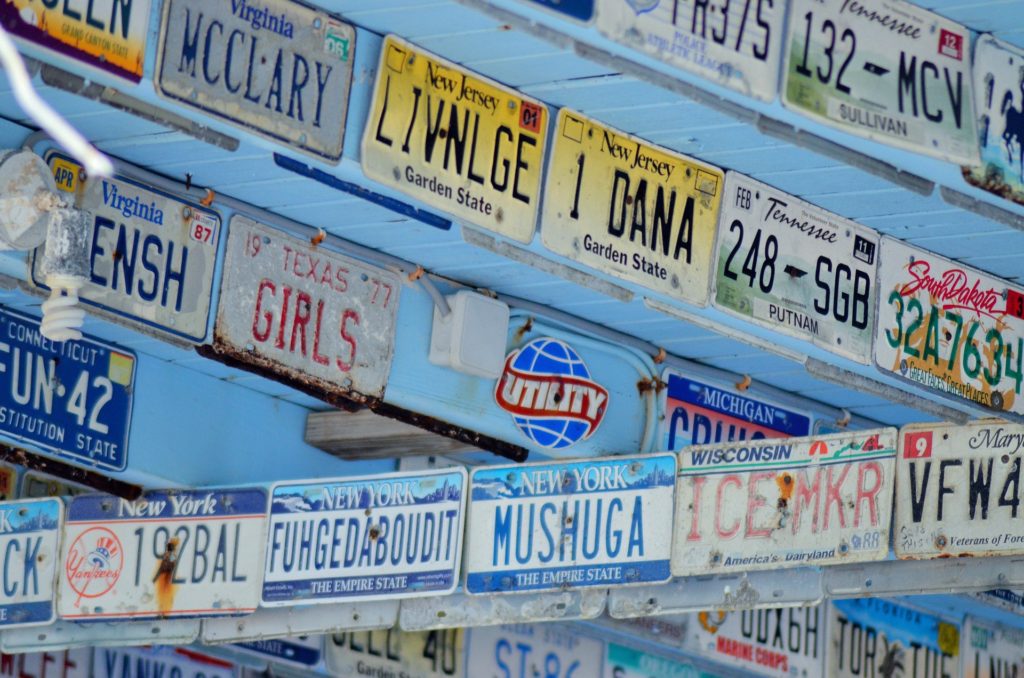For maximum people, it is obvious to have license plates, if you own a vehicle. This number will help you to identify your car from the crowd and will make it unique. These number plates are simple pieces of acrylic artwork, which is either screwed or stuck onto the vehicles hitting the road. Also, most people prefer to add vintage license plate toppers for more appeal and style. But, if you think about it, there is much more than the acrylic work associated with license plate. You have to research well to learn more about it.
Customized 4D number plates, check them out here, will not just get the attention of people passing by, but such plates are used for lawful purposes as well. A vehicle will be presented with a complete set of license plates, which is one significant reason to have a unique identity. It helps the car or other vehicles to track down when the need arises.
For example, police can track down the vehicle when the traffic light flashes on the number plate. It helps them to get lost cars back to their owners. They will check the database, which is again linked up with the simple registration plates to detailed information record like owner details, vehicle details and address details.
Background
License plates, also known as vehicle registration plates, are now required for all cars in the United States, but there were none when automobiles first appeared on the road! So, who designed license plates? What was the first one like? When and why were they first used?
The Very First License Plate
Although New York was the first state to require automobile license plates in 1901, these plates were made by individual owners (with the owner’s initials) rather than being issued by state agencies as they are today. The first license plates were typically handcrafted on leather or metal (iron) and were intended to denote ownership via initials.
The first state-issued license plates in Massachusetts were distributed two years later, in 1903. The very first plate, with just the number “1,” was issued to Frederick Tudor, who was working with the highway commission at the time (and the son of the “Ice King” Frederic Tudor). One of his relatives is still registered on the 1 plate.
What Were the First License Plates Like?
Early Massachusetts license plates were made of iron and enameled with porcelain. The background was cobalt blue, and the number was white. The words “MASS. AUTOMOBILE REGISTER” were written in white along the top of the plate, which grew wider as the plate number increased into the tens, hundreds, and thousands.
Although Massachusetts was the first to issue license plates, other states quickly followed. As automobiles began to crowd the roads, all states needed to find ways to begin regulating cars, drivers, and traffic. By 1918, every state in the US had started issuing their own vehicle registration plates.
Who is now responsible for issuing license plates?
Vehicle registration plates are only issued by the states’ Departments of Motor Vehicles in the United States. These plates are only issued by federal government agencies for their federal vehicle fleet or for cars owned by foreign diplomats. Notably, some Indigenous groups in America issue their own membership registrations, but many states now offer a special registration for them.
Annual Registration of License Plates
Although the first license plates were intended to be semi-permanent, states began mandating renewal for personal vehicle registration by the 1920s. Individual states began experimenting with different methods for creating the plates around this time. The front would typically have large, centered registration numbers, with smaller lettering on one side dictating the abbreviated state name and a two- or four-digit year the registration was valid for. Citizens were required to obtain new license plates from the state each year by 1920. Often, the color of these would change from year to year to help police identify expired registrations.
The basic importance it holds
In case the vehicles on road fail to have number plates or any other identifying tag, then all will be breaking the law. Not one of the cars will be traceable, in case any accident takes place. None of the car will ever get flashed by the speed cameras or the police won’t get any further information to solve any crime.
So, no matter wherever you stay and in which state, you will be given series of instructions associated with vehicle license plates. And you have no other option but to follow those if you want to drive your car. If your car misses the license plate then that will be considered a punishable offense.
The strong materials used for the same
In most of the countries, you cannot choose any preferred metal to be used for creating number plates. The chosen material needs to be reflective, durable and strong so that they can place properly on the vehicles, in any weather condition.
- Some of the countries will present the motorists with the opportunity to personalize vehicle registrations by procuring number plates.
- Here, the plates will be perfect combination of anything the motorist wants but must also be able to help legal workers identify their vehicles in a customized manner.
- These plates are called private number plates or custom license plates. Right now, these options are becoming very popular among the masses.
- Some countries are not even lagging behind when it comes to customized license plates and spending huge sum of money to get one for their personal use.
Make sure to call the best online plate makers, who are more than happy to assist you in your plate building mechanism. They know the right materials to use and how you can customize the license plate to make it stand out of the crowd.
Conclusion
Car registration is a legal requirement that applies to citizens of most countries, not just Americans. A vehicle registration plate (also known as a license plate) is attached to motor vehicles or trailers for identification purposes. The number of numeric characters on the car will vary depending on the country in which it is registered. All cars in the United States are required by law to be registered once a year. If the vehicle is not registered, a large fine and/or jail time may be imposed, depending on the circumstances.



